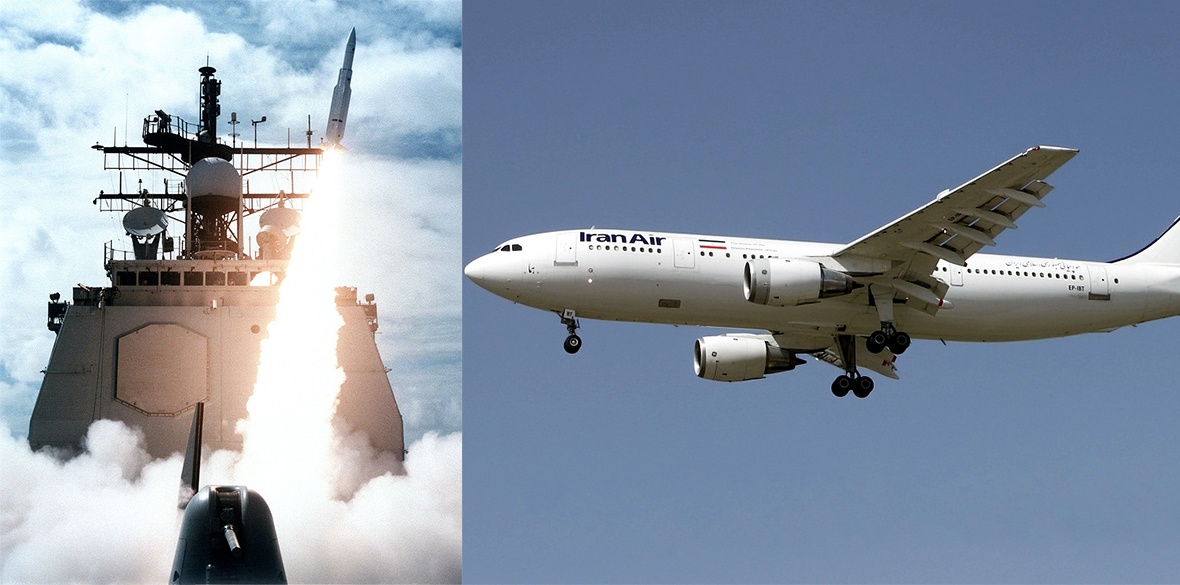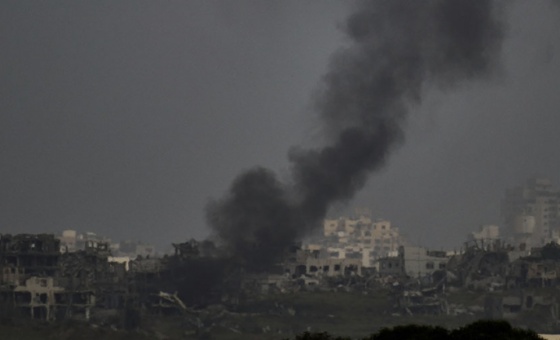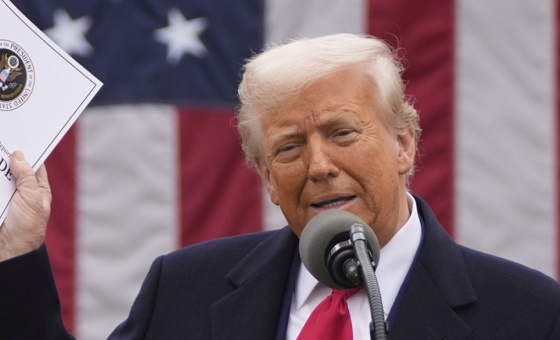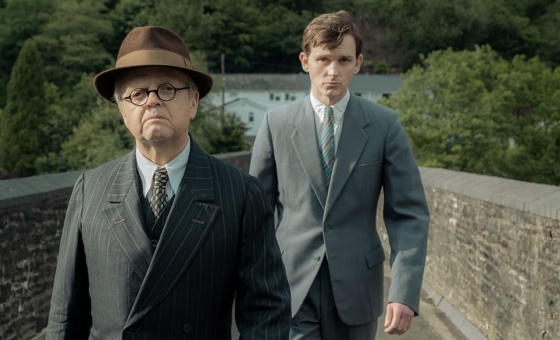This is the last article you can read this month
You can read more article this month
You can read more articles this month
Sorry your limit is up for this month
Reset on:
Please help support the Morning Star by subscribing here
THE Iranian government is — rightly — facing fury from Iranian people over its armed forces shooting down a Ukrainian civilian airliner, killing 176 people.
Iran’s government is also rightly facing pressure to be open about how the Revolutionary Guard could make such a terrible mistake.
But how did London and Washington react when the US shot down an Iranian airliner in a similar incident in 1988? According to secret documents that I obtained by a freedom of information request, they tried to cover it up.
In public both governments argued the US was not at fault. But behind the scenes, US diplomats actually asked the British to complain about the US Navy so that it would take more care about “civilian” aircraft.
In 1988 Iraq and Iran had been at war for eight years. Saddam Hussein started the war by invading Iran. It was a bloody conflict on both sides, with up to 200,000 dead.
In 1988 the Iranians were in the stronger position. The US, which saw Iran’s Islamic revolutionary regime as its main enemy, sided with Saddam. US warships in the Gulf attacked Iranian military boats and oil platforms.
Then on July 3 1988, the captain of the warship USS Vincennes launched two guided missiles to destroy Iran Air Flight 655, carrying 290 passengers and crew to Dubai.
The US claimed that it had been under unprovoked attack by Iranian patrol boats and had mistaken the airliner for an Iranian warplane. Many aspects of the US story were eventually shown to be false, key being that the plane was on a scheduled flight and had not changed course towards its ship.
The documents I got from the British Foreign Office show supportive letters about the shoot-down between president Reagan and prime minister Margaret Thatcher. In letters headed “Dear Ron” and “Dear Margaret,” the US president said the shoot-down was a “tragedy” but one for which “Iran bears responsibility.”
Thatcher even sees a silver lining to the shoot-down, telling the President: “The accident seems at least to have helped bring home to the Iranian leadership the urgent need for an end to the Gulf conflict.”
However, while Thatcher offered Reagan maximum support for the “self-defence” line on the destruction of the aeroplane, behind the scenes officials were worried about the story.
In the most surprising note, British diplomats say that officials from the US State Department (the equivalent of the Foreign Office) actually wanted the British to complain about the US navy, because this might stop it being so reckless in future.
A “confidential” letter from the British embassy in Washington to the Foreign Office dated July 19 says: “Deputy Assistant Secretary in the Near East Bureau at State tells us privately that there is general agreement at political level in State and the Pentagon (including the JCS [Joint Chiefs of Staff] that the US Navy needs to do much more to co-ordinate its activities effectively with civilian air traffic control in the Gulf.”
The US official from the State Department added that it “would be very useful if we [meaning the British] could make our concerns clear direct to the US Navy, in order to encourage them in the right direction.”
This letter went to Foreign Office ministers David Mellor, Lynda Chalker, Tim Eggar and Lord Glenarthur as well as the Department of Transport and the MoD, so both US and British complaints about the US navy were widely known.
Before that, a “confidential” telex from the Foreign Office to the British embassy in Washington on July 13 said that the “line to take” in public was that the shoot-down took place, “following an Iranian attack” and that, “the USS Vincennes issued warnings to an approaching unidentified aircraft but received no response” and that, “we fully accept the right of forces in the Gulf to defend themselves.”
Privately it was much more critical. Under the heading “confidential” the same memo says: “There remains a good deal of confusion and uncertainty. A number of details in the original US version of events have subsequently been corrected. For example, it has now been established, contrary to initial US claims, that the airbus was flying within its civil airline corridor and that it was a scheduled flight.”
The memo added that “there are questions” about other US claims including, “why the USS Vincennes electronic interrogation equipment indicated that the aircraft was a military aircraft, and whether the warship tried to contact the aircraft on the proper radio frequencies.”
The memo also admits Britain stood out for taking the US side. “Most other countries offered sympathy” but “only the UK included a reference to the right to self defence, thereby attracting criticism from Iran and other countries.”
The close relationship between Britain and the US — and its urge to play down the full facts about the shoot-down — is laid bare in a telex sent on July 3, the day the Iranian civilian aeroplane was shot down.
This “info flash” telex headlined “incident in the Gulf” says “the Pentagon have admitted to us that the US have mistakenly shot down in the Straits of Hormuz a civilian airliner. This has not yet been confirmed publicly.”
As well as giving the British the story before it became public, the US also shared its attempts to manage the story in the press. The telex says: “The administration have not yet confirmed publicly and to the press that the aircraft was a civilian airliner, nor that it was the US that had shot it down, but earlier Pentagon statements that the US had shot down an Iranian F-14 are now being back-pedalled.”
The US never made a formal apology to Iran, though it did compensate the families of the victims to the tune of $131.8 million (£77.23m) in 1996, to settle a court case brought by the Iranian government. The captain of the USS Vincennes later gained a Legion of Merit medal.











